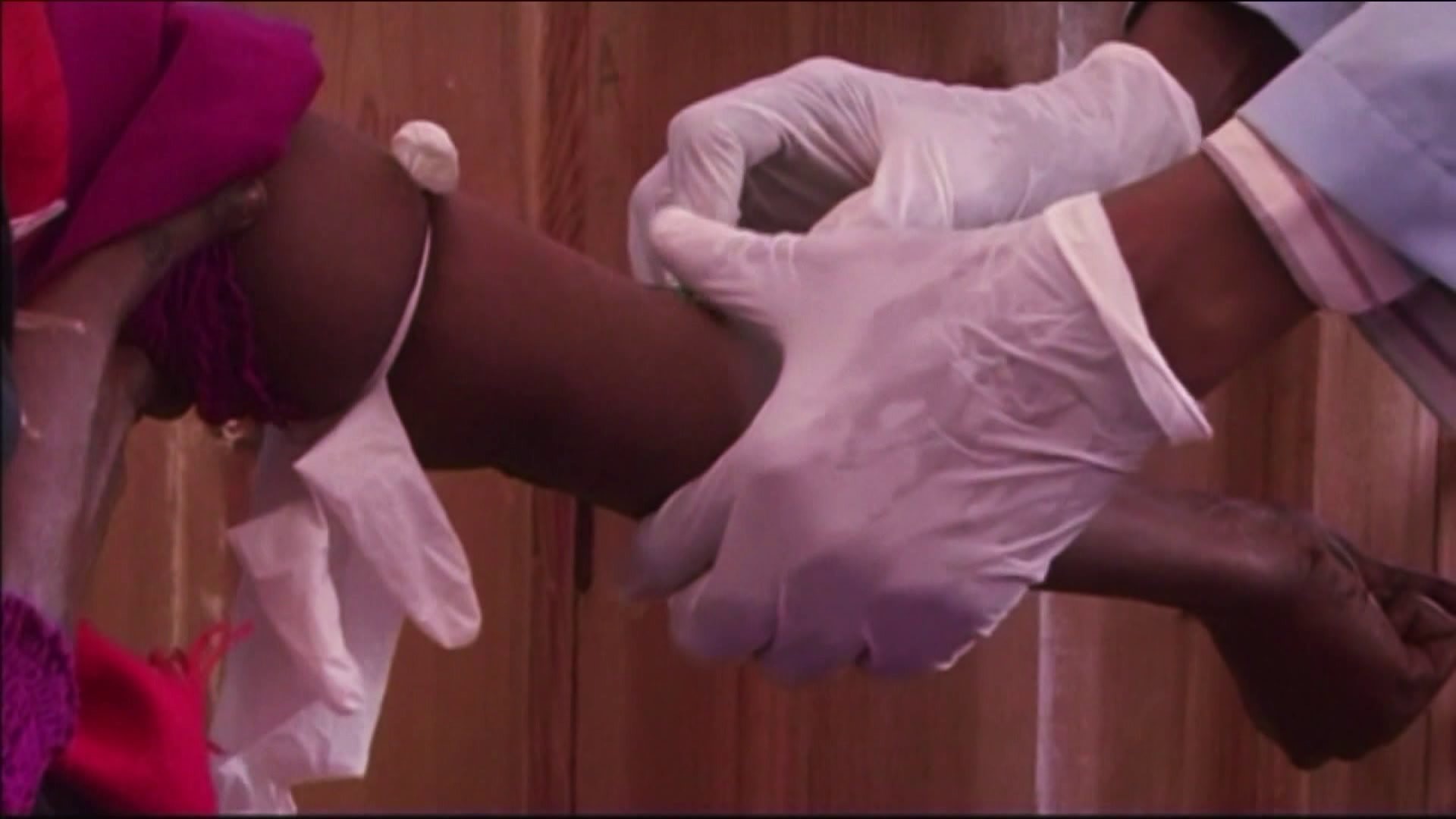HARTFORD -- It’s been 25 years since the HIV/AIDS epidemic started hitting its peak, and the progress that’s been made in fighting it has been remarkable.
Back in the 1980’s, before the peak, HIV infection was essentially a death sentence because it led to AIDS, which wiped out the infected person’s immune system. Dr. Anthony Fauci, of the National Institute of Allergies and Infectious Diseases, said the disease worked quickly.
“The median survival was a year, year and a half, which meant that 50 percent of my patients would be dead in a year to year and a half," he said.
In 1991, NBA superstar Earvin “Magic” Johnson stunned the world when he announced he was HIV positive.
“Sometimes we think only gay people can get it. Well it's not gonna happen to me," he said at the time, “And here I am saying that it could happen to anybody, even me, Magic Johnson. It can happen."
Over time, Johnson evolved from being a public face of the disease to being the public face of survival. One year after his announcement, new AIDS diagnoses hit their peak in the U.S. at just over 500,000 in a year.
Deaths from AIDS peaked three years after that. Since then, the yearly numbers of both new AIDS diagnoses and deaths have dropped consistently, in part due to a breakthrough that came in 1996.
“That was the watershed moment when the combinations of drugs was shown to decrease the level of virus to below detectable levels and to keep them there," Fauci said.
In 2003, President George W. Bush took the fight against HIV/AIDS global with the President’s Emergency Plan For AIDS Relief, or PEPFAR, after the pandemic threatened to wipe out an entire generation in Africa. It worked, although the world lagged the U.S. with its success.
Worldwide, AIDS deaths peaked in 2005, and have dropped 48 percent since then. However, there are still an estimated 36 million people living with HIV worldwide, so there’s still a long way to go.
“The final holy grail that we're working very hard on is an HIV vaccine. So if you look at everything that's happened from 1981 to today in 2018, if we get that vaccine, that would be the nail in the coffin of HIV,” Fauci said.
As for Connecticut, the yearly data published from 2002 to 2015 paints an impressive picture of improvement. In that time, the number of yearly new HIV infections dropped by 66 percent, down to 277 in 2015. During that time, the number of yearly AIDS deaths also dropped 52 percent.

